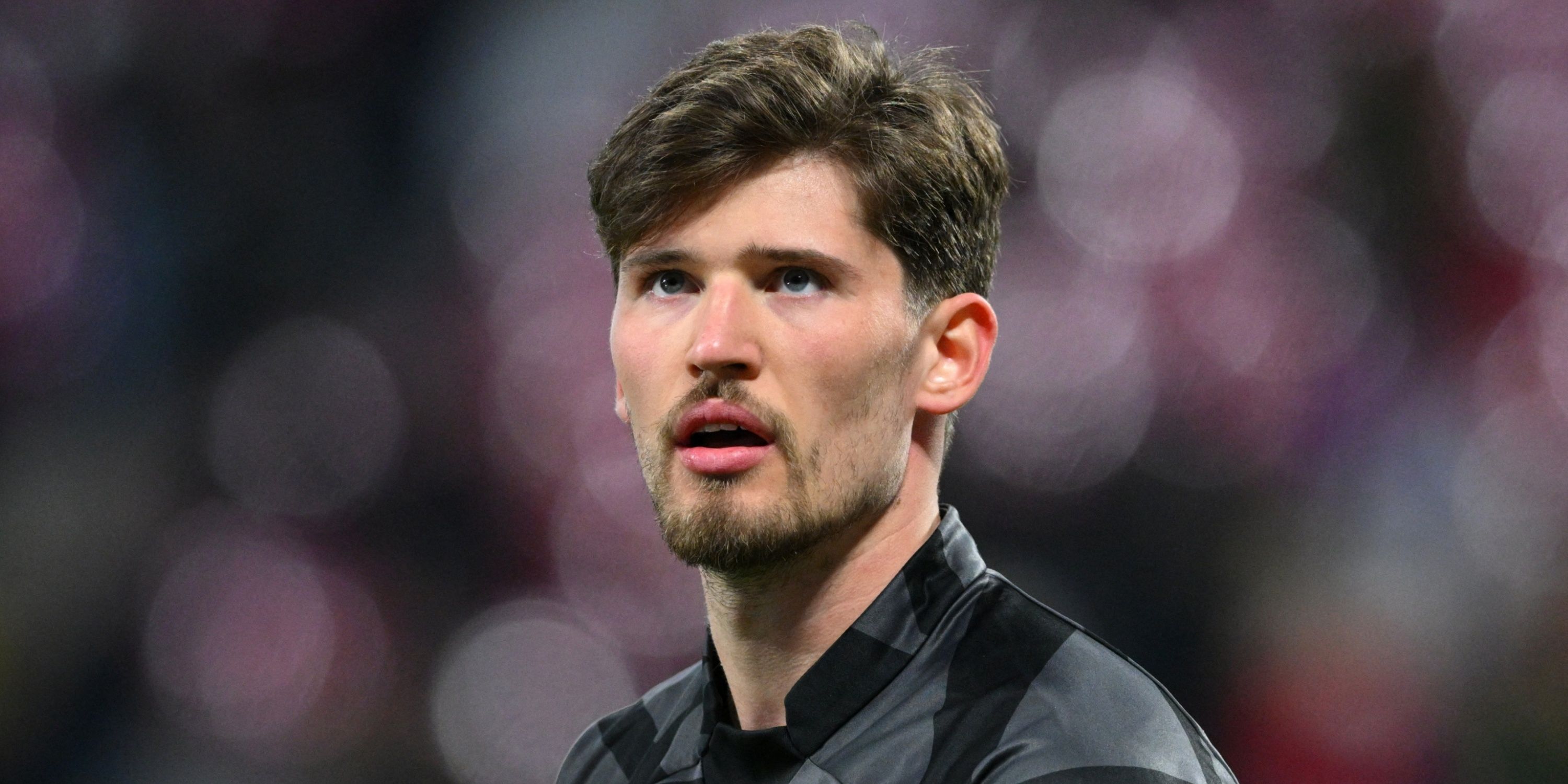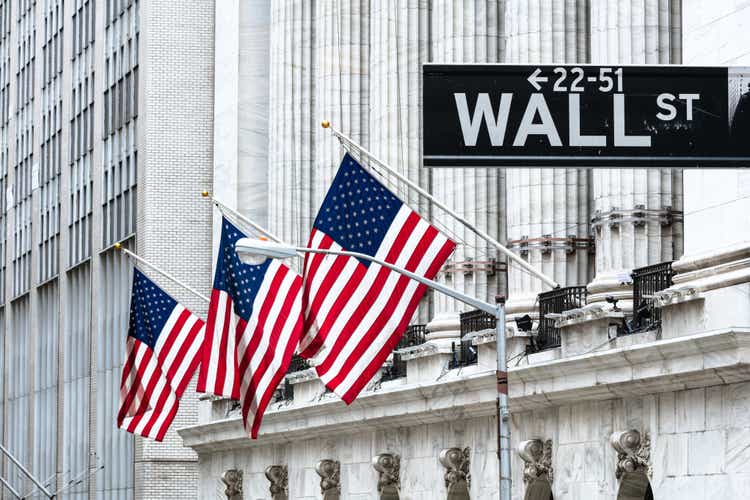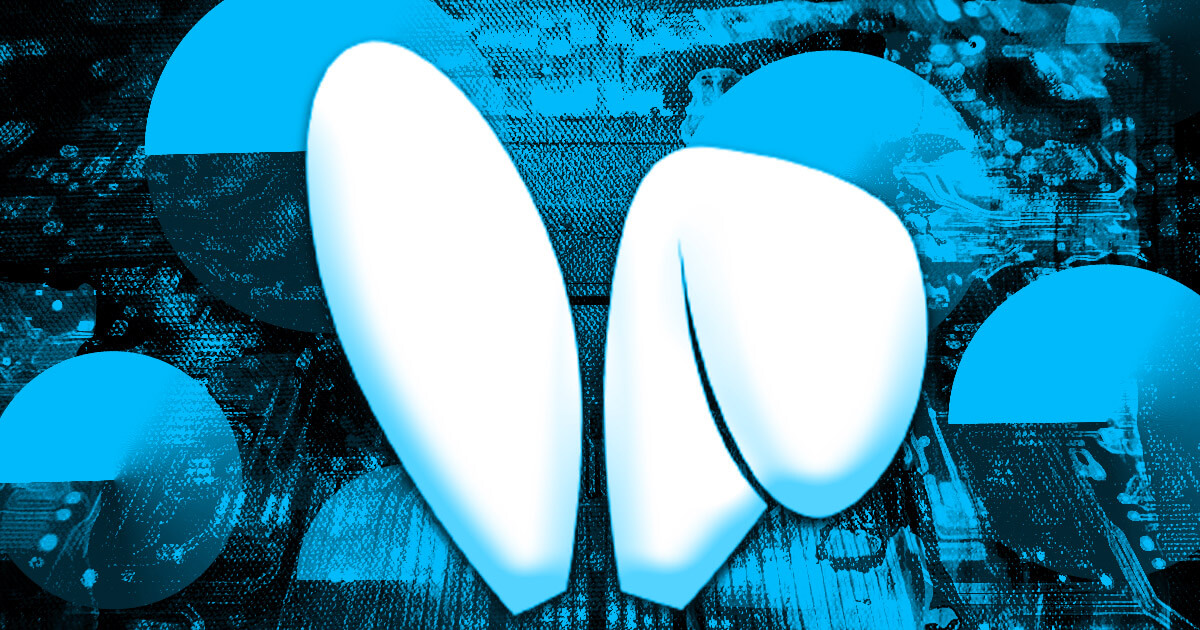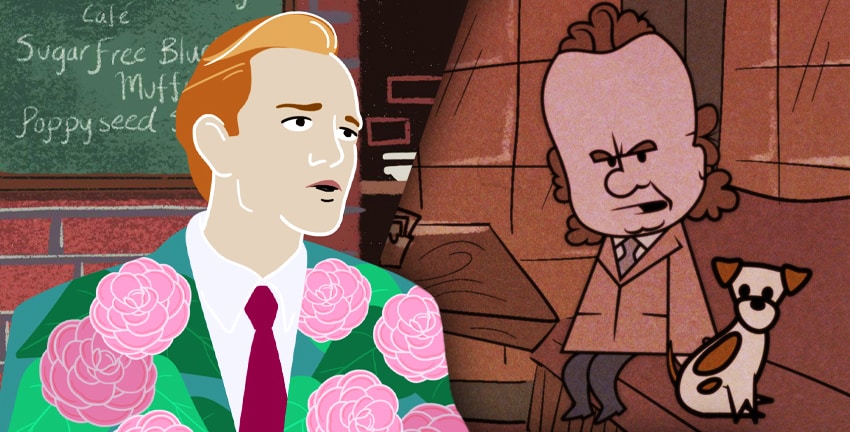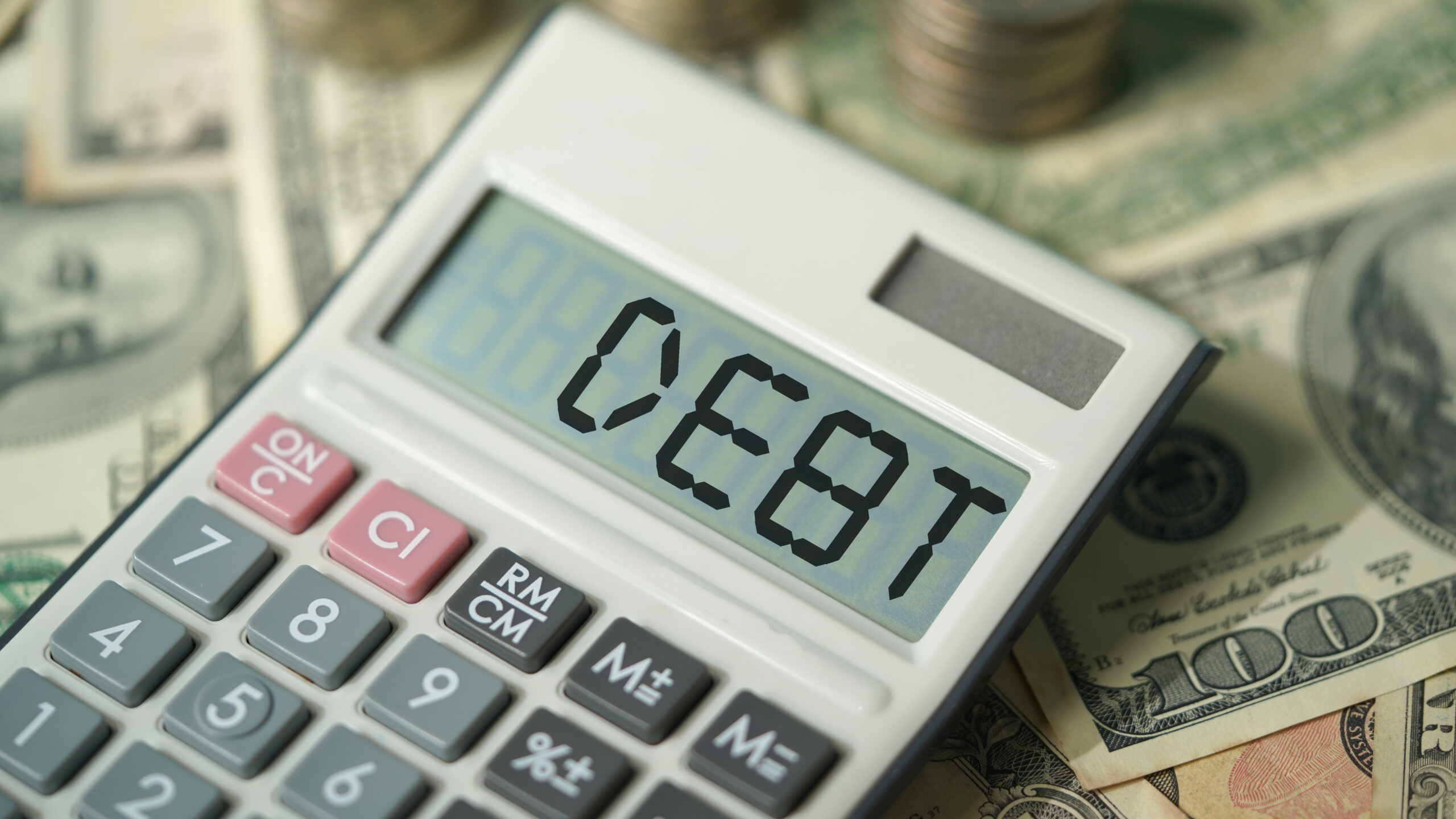During the Supreme Court (SC) hearings on marriage equality, when senior advocate Menaka Guruswamy rose to make a case for legalising same-sex marriage, she presented a compelling argument that queer people need to be able to avail the same “bouquet of rights” that is available to heterosexual married couples. For example, she pointed out that queer couples are not able to list their partners as nominees for life insurance.

There is no debate that extending these rights to queer couples is a moral imperative. However, as the history of queer rights in the United States (US) shows us, a litigation-based approach that is focused on rights has its limitations. The advances we make in courts will be meaningful and irreversible only when we win not just rights, but also hearts and minds. For good or for bad, there is no alternative to a shift in public opinion.
In its absence, victories in court can be shortlived.
For example, when courts in two US states – Hawaii and Massachusetts – favoured gay marriages in 1993 and 2003 respectively, it led to an avalanche of reactionary laws that solidified the institutional barriers against gay couples. There is also a well-researched link between public opinion and judicial pronouncements. For example, a quantitative study of all 5,675 orally argued cases in the US Supreme Court between 1958 and 2008 showed that the court is significantly more likely to issue conservation decisions when the public opinion on the issue is conservative. While we do not have such data for Indian judgments, our SC has made references to the “conscience of the society” in some of its earlier orders.
More importantly, judicially given rights that are not backed by popular support may not change lives in practice. For example, the SC’s judgment that allowed entry of women into Sabrimala remained largely unenforceable in the face of vociferous opposition from some groups and the administration’s half-hearted implementation. None of this takes away from the importance of the ongoing marriage equality case in the SC, but instead points to other areas that proponents need to focus on.
The US marriage equality movement faced a similar moment of reckoning in the mid-2000s. In November 2004, voters in 11 out of 50 states passed laws against gay marriage by an average margin of 70% to 30%. It soon became clear why. A 2005 poll found that 57% of straight Americans believed that their gay counterparts did not share their values. That’s when many gay rights activists realised that they needed to focus on public opinion.
They mounted a large public communication campaign that sought to position gay marriage as an act of love and commitment, rather than rights and benefits. To do this, they created different messages and tested their efficacy. For example, it turned out that the most effective ads were those of grandparents of gay and lesbian Americans speaking about their journeys from being uncomfortable with homosexuality to wanting their grandchildren to be able to share the love and commitment that they themselves experienced in their marriages.
Today, over three-quarters of Americans support laws that prohibit discrimination against gay couples. This includes most Republican voters, who tend to be more conservative and religious. This gives us confidence that judicial pronouncements – including the sanctification of same-sex marriage by the US Supreme Court in 2015 – do not run the risk of reversal.
We are still some distance from such a popular consensus in India. A 2019 survey found that only 24% of Indians support gay marriage. Queer couples continue to experience discrimination in many aspects of their lives – at office, home, while looking for accommodation, and the like. Even the most supportive judgment from the SC is unlikely to change that overnight.
However, these hearings are an opportune moment for us to increase our efforts to shift the popular narrative on marriage equality. The court proceedings have led to increased media interest, which, in turn, has brought the topic to everyday discussions. A coalition of changemakers – including activists, researchers, philanthropists, artists, and allies – need to seize this moment to launch public communication campaigns. We need to bring scientific rigour to these efforts. While the grandparents’ campaign was effective in the US, we might find a different hook to engage Indian audiences most effectively on the topic.
America’s journey shows that meticulous planning and execution by a group of passionate changemakers can overcome even the most deep-rooted barriers erected by governments and supported by conservative co-citizens. Thanks to the efforts of many individuals, India has made remarkable strides on homosexuality in the past decade. Their perseverance in the face of setbacks should give us confidence that true equality is well within sight, irrespective of where the Supreme Court lands for now.
Subhashish Bhadra is author of the recently released book ‘Caged Tiger: How Too Much Government is Holding Indians Back’
The views expressed are personal







